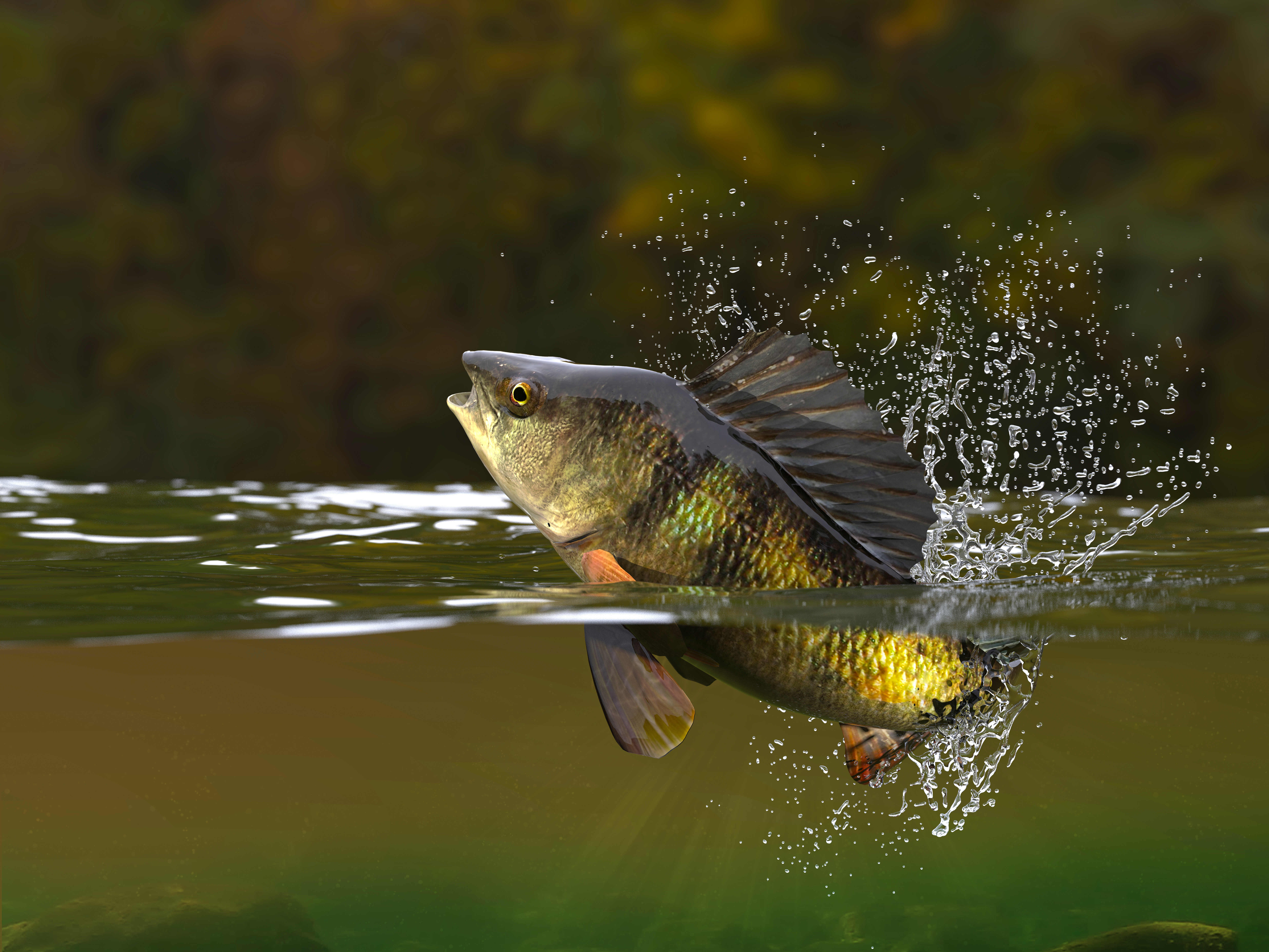Sporting Life

It’s Yellow Perch Time
By Dennis Doyle
Toto, it’s cold, wet, windy and extremely uncomfortable—guess we’re still in a Maryland February.
However, the yellow perch spawning run now offers the best and most available source of sport. The Maryland Department of Natural Resources has an online yellow perch map website to assist you in pursuit of this, the first fish of the new year. Though it’s difficult to access on the internet if you don’t know just where it is, don’t try any general searches. You must go to the DNR Fisheries Department home page and click on the MAPS subset to get there. It will be the last map option and is helpfully marked Yellow Perch Locations.
The fish spawn in the extreme tributary headwaters, which are legally off limits but near approaches are prime locations to fish for them. Though the 45 suggested hot spots may be at first numerically daunting, as you have to go through further machinations to determine how to get there and there are no area descriptions, they do give you an idea as to general possibilities. The key to success is to pick a few convenient areas and use other map apps to determine road and street access. Scouting the actual sites will be necessary to eventually score.
The higher phases of tide on the tributary suggestions will generally be most productive though there is virtually no way, except being on site, to determine the exact timing of the tides. You’ll have to keep notes as to the specific conditions (peak tidal phases, wind conditions, site water temperature and sun/overcast). Keep in mind the tides will be 50 minutes later each day, and winds may advance or retard the water movements.
Yellow perch will begin to spawn in waters of about 50 degrees, though each group of fish will make that decision seemingly at random. Also keep in mind a sunny day can boost water temps in the shallows 15 to 20 degrees in just an hour or two. Multiple trips will ensure your success and always remember the universally best time to fish is whenever you can.
The tides will also be higher and lower and the currents swifter during the full moon and new moon phases. Fish the shorelines during the flood tides and the channel pools during the low tides. The optimum spawning conditions should be two hours on either side of the high in the shallows or two hours on either side of the low if you’ve identified a channel where the fish are staging (waiting to spawn).
Have a selection of baits and terminal tackle for shallow and deeper water angling. A float is essential for working the shallows and a few one-ounce sinkers necessary for working the channel holes. Shad darts of various sizes and hues are traditional for under the bobbers. Tackle losses to trees and submerged structure are common. Bring a supply.
Live baits are best this time of year as fish are locating food primarily by smell. The better choices, in no particular order, are grass shrimp, small minnows, blood worms, garden worms and various trout worms and grubs. If the fish are especially numerous, they may take flies and lures but for the most part using natural bait is the primary and most productive tactic. However, always include a few bright spinnerbaits, small plugs and soft plastic jigs with your tackle because there will usually be pickerel lurking about. They follow the perch run, picking off smaller sized fish and awaiting their own spawning run which will follow closely behind the perch. This is mostly a catch and release exercise as the many small bones in the fish make it an ordeal on the table.
Minimum size for the golden perch is 9 inches with a possession limit of 10 fish, they are excellent on the table. The traditional preparation is coating with bread crumbs and frying in hot peanut or corn oil.
Fishfinder:
Yellow perch season has begun and despite the horrible weather some anglers are catching a few fish. The bite is in the tributaries and the usual hot spots are Waysons Corner, the Tuckahoe at Hillsboro, Walnut Creek, the Upper Choptank and Red Bridges. Go early and go often.
